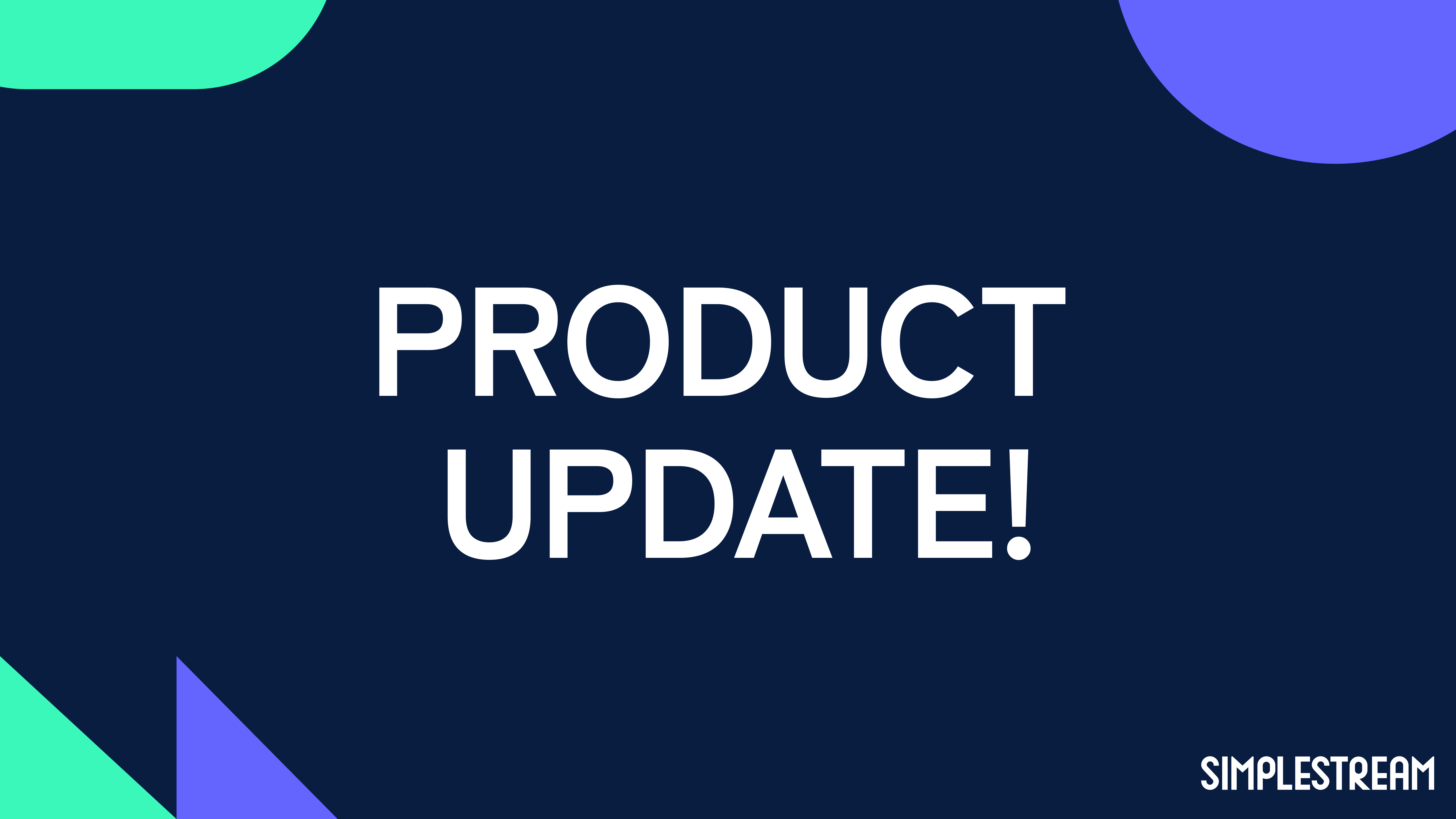OTT broadcasting in 2024: Everything you need to know
In this article we cover everything broadcasters need to know about OTT. How it changed the global landscape of viewing entertainment, and how to go about launching a new service.
Over-the-Top (OTT) services have emerged as a game-changer in the rapidly evolving landscape of video broadcasting, offering broadcasters new avenues to reach audiences and monetise video content. As technology continues to reshape the way we consume media, understanding the ins and outs of OTT broadcasting has become essential for broadcasters looking to thrive in the digital age.
In this short guide, we’ll cover everything broadcasters need to know about OTT to deliver the best experience for viewers.
But what is OTT broadcasting?
OTT, or Over-the-Top, refers to the delivery of video content over the internet, as opposed to traditional distribution channels like cable or satellite TV. This works by transmitting the content directly to viewers via the internet, bypassing the need for a cable or satellite subscription. Whilst OTT platforms do offer a more flexible and personalized viewing experience for those with internet accessibility. It’s also worth noting that OTT services can encompass a wide range of offerings, including live streaming, video-on-demand (VOD) and interactive experiences.

The current landscape of OTT television and broadcasting
Long gone are the days of rushing home after school (or after work) to catch your favourite programme. Thanks to OTT streaming services like Netflix, Hulu and Amazon Prime Video, consumers are no longer confined to scheduled programming on traditional TV channels. Instead, they have the freedom to access content anytime, anywhere, across a variety of devices. Potentially due to the increasing convenience they offer, OTT platforms have experienced a surge in popularity over the past few years. This trend is evident in the projection that 44.9% of global internet users will engage with OTT content in 2024. Furthermore, in markets like the US, adults are anticipated to spend over an hour more consuming digital content compared to traditional linear TV broadcasts.
To date, the surge in popularity of OTT broadcasting has spread like wildfire, fuelled by the growing demand for flexible and personalized content consumption experiences. Public Service Broadcasters (PSBs) have been quick to recognize the importance of launching OTT platforms to reach modern audiences. A noteworthy instance of this occurred in 2007 when the BBC launched – in the UK – its own OTT service called BBC iPlayer, which appealed to the masses so much that it was recently recognised as a streaming destination rather than a catch-up TV service.
Similarly, CBS demonstrated a similar move by unveiling CBS All Access in 2014. The platform offers subscribers based in the USA, Canada and Australia a vast library of CBS programming, that was previously only accessible via linear broadcasting.
These are just two examples that highlight the evolution of TV broadcasting, showing how the ability to access content via the internet triggered a shift in the way consumers choose to watch content. This also demonstrates how broadcasters have chosen to adapt to changing consumer preferences, by making their content available via OTT platforms, which ultimately reshaped the way we consume media.
Learn more about the digital transformation of TV broadcasting here.
How to set up an OTT broadcast: Independently vs. partnering with an OTT platform
Building an OTT broadcast service independently
When it comes to creating an OTT service, broadcasters have two primary options: going it alone or partnering with an OTT platform. Going it alone involves building and managing your own OTT infrastructure, which requires significant resources and expertise. While this approach offers maximum control and customization, it also comes with higher costs and technical complexities. Challenges can include:
- Technical resources, such as development teams
- Digital transformation with a new tech stack
- Significant cost
Partnering with an OTT platform
On the other hand, partnering with an OTT platform can provide broadcasters with a turnkey solution for launching and managing their own OTT service. This is likely to include a range of benefits such as an established content delivery method, tried and tested monetisation tools, and delivering an experience that’s up to broadcasting standards.
In short, by leveraging the infrastructure and expertise of an OTT platform, broadcasters can streamline the process of launching their OTT service and focus on creating (or acquiring) compelling content to keep viewers engaged.
How to Set Up an OTT Broadcast for VOD Streaming
Setting up an OTT broadcast involves several key steps, from content acquisition and encoding to delivery and monetisation. Here's a brief overview of the process:
- Content Acquisition: Acquire high-quality video content and ensure it meets all necessary licensing and rights requirements. This also includes organising video metadata and categorising your content library for easy access and navigation.
- Encoding and Transcoding: Prepare your content for delivery across a variety of devices and network conditions by encoding and transcoding it into multiple formats and bitrates.
- Content Delivery: Choose a reliable content delivery network (CDN) to ensure seamless streaming and optimal performance for your viewers.
- Monetisation: Explore different monetisation strategies, such as subscription-based viewing models, inserting advertising within content, pay-per-view, and sponsorships, to generate revenue from your OTT service.
- User Experience: Design an intuitive and engaging user interface for your OTT app or website, optimising for discoverability, navigation, and personalisation.

Final Thoughts
As the demand for on-demand content continues to grow, OTT broadcasting presents an unprecedented opportunity for broadcasters to expand their audience reach, enhance viewer engagement, and monetise their content in new ways. By understanding the current landscape of OTT and broadcasting, leveraging the right technology and partnerships, and following best practices for setting up an OTT broadcast, broadcasters can position themselves for success in the digital era.
With the right strategy and execution, OTT broadcasting has the power to revolutionize the way we consume and experience media, empowering broadcasters to thrive in an increasingly competitive and dynamic industry.
Planning to launch an OTT platform soon? Book a virtual meeting with one of our experts and see where your content fits into the world of OTT broadcasting.


